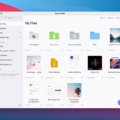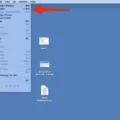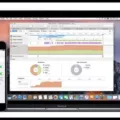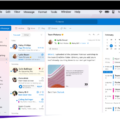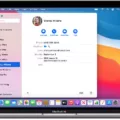If you’re using a Mac, then you’re probably aware of the dreaded “startup disk almost full” warning that pops up from time to time. This is a sign that your computer’s startup disk is nearly full and needs to be cleared. Fortunately, there are several ways to free up space on your Mac’s startup disk so that you can keep your computer running optimally.
One of the easiest and most effective ways to remove files from your startup disk is to simply delete them. To do this, go to Finder and select the file or folder you want to delete. Press Command + Delete (or move it to Trash) and the file will be immediately removed from your hard drive. It’s important to note that if you delete an essential system file, this could cause serious problems with your Mac’s performance, so use caution when deleting any files.
Another way to remove files from the startup disk is by compressing them. This reduces the size of the files without losing any data or altering their original format. To compress a file or folder on Mac OSX, right-click on it and select “Compress”. The file will be saved as a .zip file which will take up less space than its original version.
Finally, if you have large files or applications taking up lots of disk space, consider moving them off of your internal hard drive and onto an external drive or cloud storage such as Google Drive, Dropbox, iCloud Drive, etc. This way they won’t take up valuable space on your internal hard drive but will still be accessible whenever needed.
By following these steps, you should be able to free up enough space on your startup disk so that it runs efficiently again. Remember – don’t delete any system files unless you know what they are and what they do as this could cause major problems with your Mac’s performance!
Freeing Up Space on Mac Startup Disk
To free up space on your Mac startup disk, you can start by emptying the Trash and Downloads folder. This is a great place to start as these folders can often contain large amounts of data that you no longer need. Additionally, you should delete any old Time Machine snapshots that are taking up space.
You can also delete old iOS and iPadOS backups to help free up space. Uninstalling any apps that you no longer use will also help clear up some space. You should consider uploading or exporting your largest files to an external drive or cloud storage service as well.
Finally, you can look for and remove duplicate files as well as clean up unnecessary system files. A good program to use to do this is CleanMyMac X. It can help find and delete large, forgotten files and sort through your system files to make sure they’re not taking up too much space on your Mac startup disk.
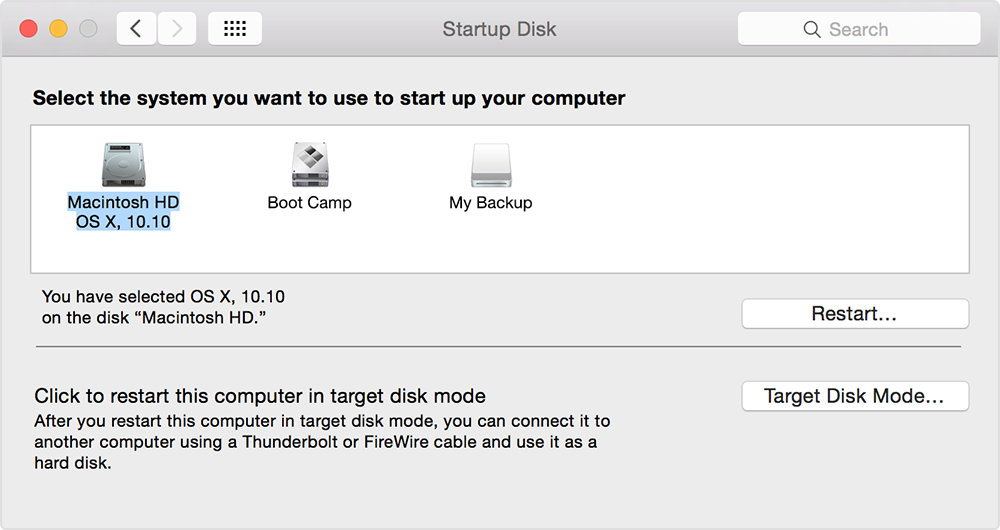
Understanding and Resolving a Full Mac Startup Disk
Your Mac startup disk may be full because there is not enough free space available on your disk. This can happen when too many files are taking up space on your hard drive, reducing the available free space to a dangerously low level. To resolve this issue, you need to delete or move some of these files to another storage location, such as an external hard drive or cloud storage service. Additionally, you can also look into ways of optimizing your disk usage such as by removing duplicate files and uninstalling apps that you are no longer using.
Deleting an Old Startup Disk on a Mac
To delete an old Mac Startup Disk, begin by opening the Disk Utility app from your Applications folder. From the left panel, select the startup disk you want to delete, then click on the ‘Erase’ button. You will be asked to enter a name for the disk after formatting it; you can use any name but we recommend that you keep the same ‘Macintosh HD’ name. Once you have done this, click on ‘Erase’ again to confirm and start erasing your startup disk. After a few minutes, your startup disk will be erased and ready for use.
Cleaning a Mac’s Full Disk
To give your Mac full disk access, you will need to go to System Preferences. From the Apple menu? in the corner of your screen, choose System Preferences. Once the window appears, click on Security & Privacy and switch to the Privacy tab. In the left pane, scroll down and select Full Disk Access. You will be presented with a list of applications that have requested access. To give one of these applications full disk access, click on the checkbox next to it and then click the “Allow” button at the bottom right of the window. If you do not see the application you want to give full disk access to in this list, you can click on the “+” button at the bottom left of this window and select it from your Mac’s Applications folder. After selecting it, click on “Open” and then “Allow” at the bottom right of this window. Once you have given an application full disk access, it should now be able to clean your Mac’s hard drive as needed.
Using Disk Cleanup on a Mac
Yes, there is a disk cleanup for Mac. To do this, open the Finder and select “Go” from the menu at the top of your screen. Then scroll down to “Go to Folder” and enter ~/Library/Caches into the dialogue box. This will show you any cached files that may be taking up unnecessary space on your computer. You can then delete these files from here to free up some disk space. Additionally, you can use the built-in Disk Utility tool in macOS to clean up your hard drive. To access this, open the Spotlight search (by pressing ? + Space) and type in “Disk Utility”. Once open, select your startup disk from the list of drives and then click on “Erase” to begin cleaning it up.
Deleting Files on a Full Mac Disk
When your hard drive is full, you may need to delete some files to free up space. To delete files on your Mac, first, open the Finder app. From here, navigate to the folder that contains the files you want to delete. Select the file(s) you wish to delete and press Command+Delete to move them to the Trash Bin. To permanently delete them from your Mac, empty the Trash Bin by clicking and holding on its icon in the Dock, then select “Empty Trash” from the contextual menu. Note: If you’d like to save a copy of any deleted files, select “Put Back” instead of Empty Trash.
Conclusion
Removing files is an important part of maintaining the health and performance of your Mac. Keeping your hard drive clean and organized helps ensure that your system runs smoothly and quickly and that you don’t run out of space. Fortunately, there are several methods to remove unwanted files from your Mac, including emptying the Trash, deleting backups, uninstalling apps, and finding and removing duplicates. With a little bit of effort, you can free up significant amounts of storage space on your Mac’s startup disk.

